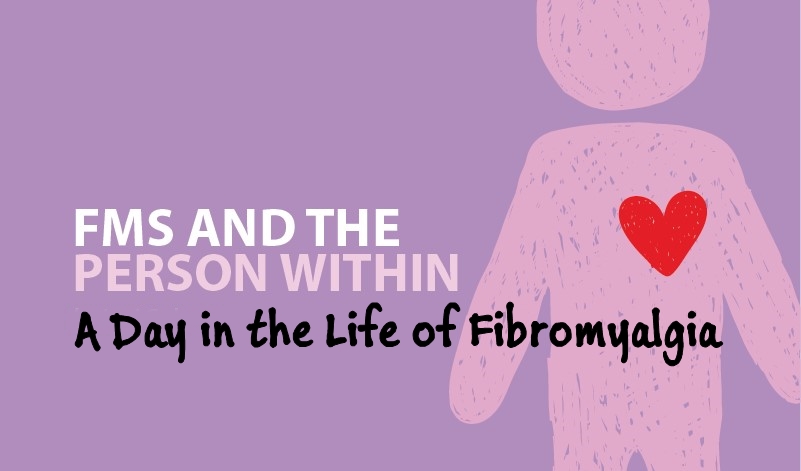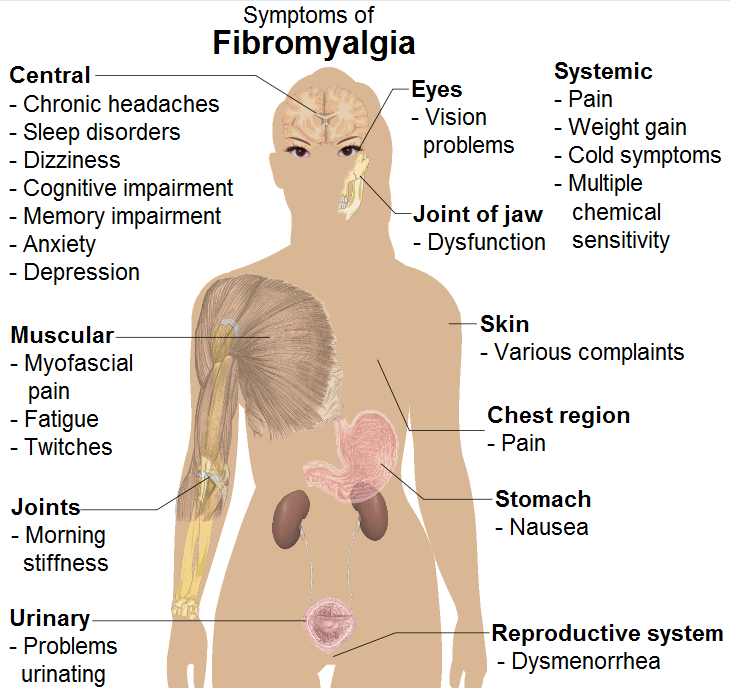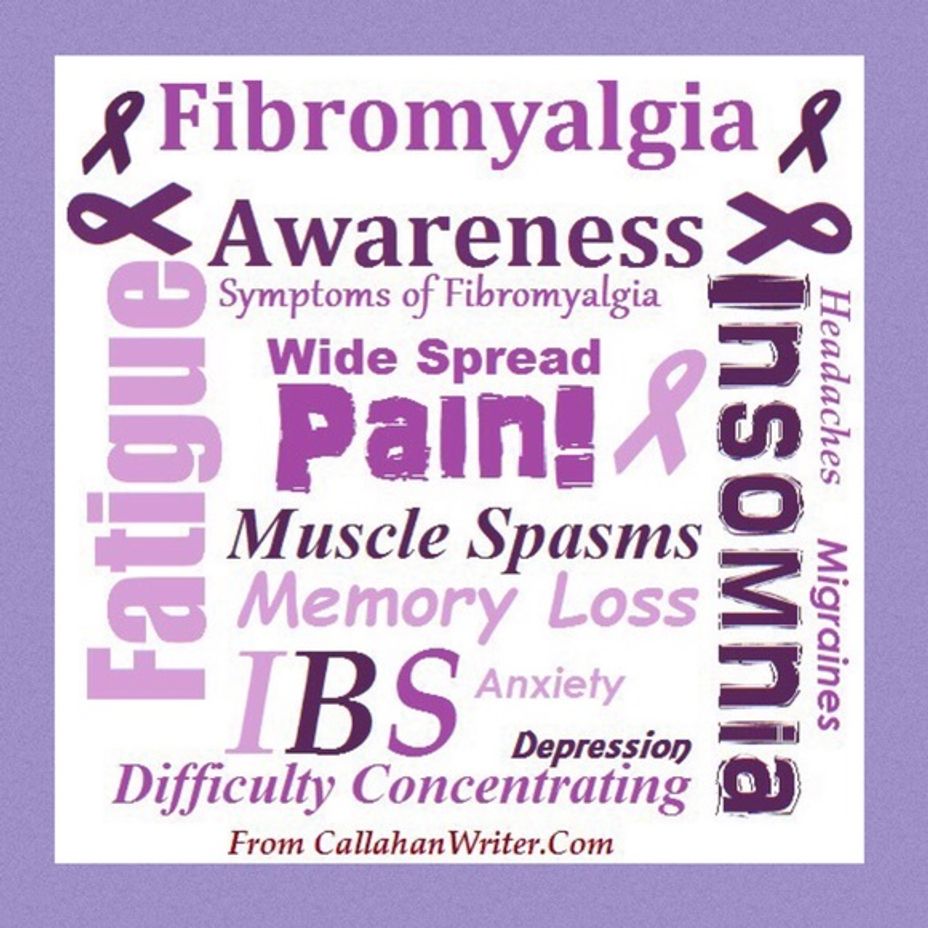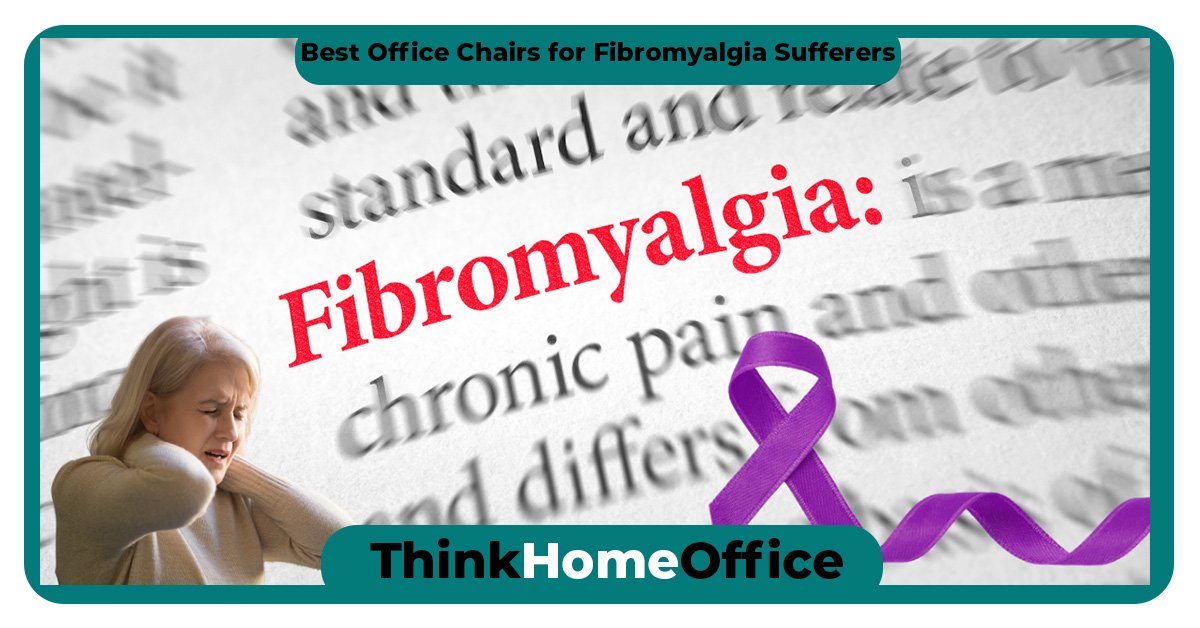A Day In The Life Of A Fibromyalgia Sufferer
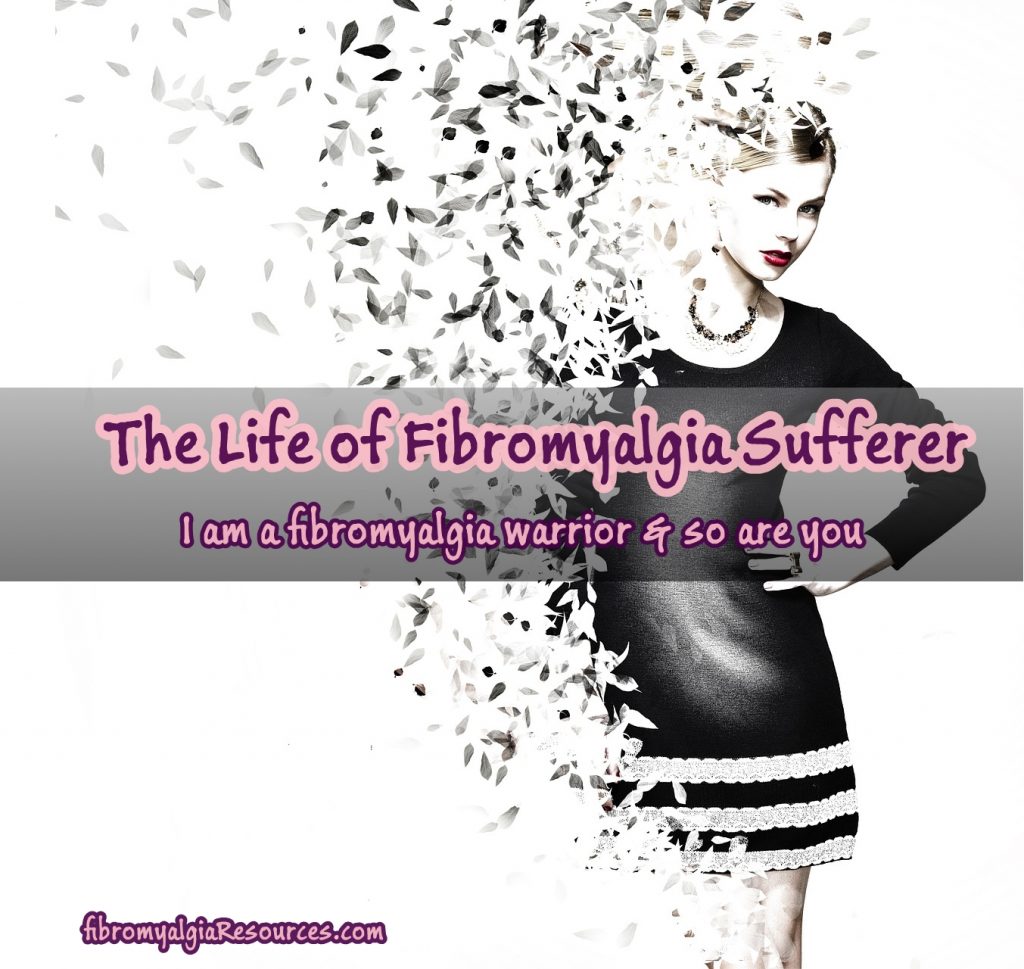
The alarm blares at 6:00 AM, a sound that slices through the fog of sleep, but for Sarah, it's just the beginning of a daily battle. Her body screams in protest, every nerve ending firing with relentless pain. Today, like most days, simply getting out of bed feels like climbing a mountain.
This is a glimpse into the life of someone living with fibromyalgia, a chronic condition characterized by widespread musculoskeletal pain accompanied by fatigue, sleep, memory, and mood issues. This article aims to shed light on the daily realities faced by fibromyalgia sufferers, exploring the challenges they encounter and the coping mechanisms they develop to navigate a world not always understanding of their invisible illness. We'll delve into the science behind fibromyalgia, the impact it has on various aspects of life, and the ongoing efforts to improve diagnosis and treatment.
The Morning Struggle
Sarah's first task is assessing the level of pain. Is it a dull ache that can be managed with medication, or a searing, all-consuming fire that will confine her to the house? "It's like my body has a mind of its own," she explains. "Some days, I can function relatively normally, and other days, just brushing my teeth feels like an Olympic sport."
According to the National Fibromyalgia Association, approximately 10 million adults in the United States live with fibromyalgia. Many, like Sarah, report that mornings are particularly challenging due to stiffness and lack of restorative sleep.
After carefully maneuvering out of bed, Sarah relies on a combination of hot showers and stretching exercises. These provide temporary relief, but the pain never truly disappears.
Navigating Daily Tasks
Even simple tasks become monumental undertakings. Preparing breakfast can be exhausting, requiring her to sit down frequently. The chronic fatigue that accompanies fibromyalgia saps her energy, making it difficult to concentrate or maintain focus.
Work presents its own unique set of challenges. Sarah, a graphic designer, is fortunate to work remotely. However, even working from home requires meticulous planning and pacing. "I have to break down projects into smaller, manageable chunks," she says. "And I have to be honest with my clients about my limitations."
Studies have shown that fibromyalgia significantly impacts work productivity and employment rates. Many individuals are forced to reduce their hours or leave the workforce altogether due to the severity of their symptoms. The Arthritis Foundation offers resources and support for those struggling to manage their condition in the workplace.
The Social Impact
Fibromyalgia can also take a toll on social relationships. The unpredictable nature of the condition makes it difficult to commit to plans, leading to feelings of isolation and guilt.
"It's hard for people to understand an illness they can't see," Sarah admits. "Sometimes, I feel like I'm constantly having to explain myself and justify my limitations." She finds solace in online support groups where she can connect with others who understand her experiences.
Maintaining strong social connections is crucial for mental well-being.
"Support groups and online communities can provide a sense of belonging and validation," according to Dr. David Anderson, a rheumatologist specializing in fibromyalgia.
The Medical Maze
Diagnosing fibromyalgia can be a long and frustrating process. There is no single test to confirm the condition. Diagnosis is typically based on a patient's history, physical examination, and exclusion of other possible causes.
Treatment often involves a combination of medication, physical therapy, and lifestyle changes. Medications may include pain relievers, antidepressants, and anti-seizure drugs. Physical therapy can help improve strength, flexibility, and range of motion.
Sarah has tried numerous treatments over the years, with varying degrees of success. She currently relies on a combination of medication, regular exercise (when possible), and mindfulness techniques. "It's a constant balancing act," she says. "Finding what works best for me and adapting to the ever-changing landscape of my symptoms."
Hope for the Future
Research into fibromyalgia is ongoing. Scientists are working to better understand the underlying mechanisms of the condition and to develop more effective treatments. The National Institutes of Health (NIH) is funding several studies exploring the role of genetics, the immune system, and the brain in fibromyalgia.
Emerging therapies, such as neuromodulation and alternative medicine approaches, are also showing promise. While there is currently no cure for fibromyalgia, early diagnosis and comprehensive management can significantly improve quality of life.
For Sarah, and millions like her, hope lies in continued research, increased awareness, and a more compassionate understanding of the invisible challenges they face every day. The battle is far from over, but with each small victory, they find the strength to keep fighting.
